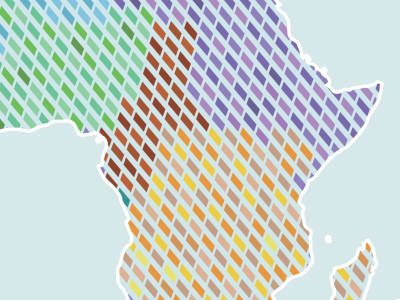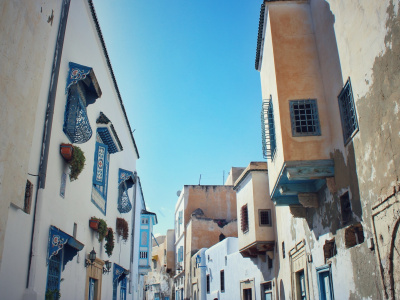
Regional peace architectures in Africa: A reality check
The African Union and its formally-recognised regional organisations spend substantial financial resources and human capital on peace efforts in Africa to silence the guns by 2020. Over the last two decades, they have stepped up their efforts on peace and security, and the continental peace architecture is now well established, mostly operating with regional and sub-regional peace architectures.
Summary
In addressing some of the world’s most sticky, complex and contingent conflicts, the continental and regional organisations have to find workable partnerships with one another, as well as with member state governments and non-state actors. While doing so, they also have to adapt to changing conflict dynamics.
The African Union also engages with the global peace architecture of the United Nations, especially when mounting costly and demanding peace support operations on the continent. While Africa provides all the troops for such peace operations, the bulk of the money for Africa’s peace agendas stems from external partners. This adds another layer of complexity, as external partners’ own interests and incentives bring about both opportunities and challenges.
This paper discusses an array of multi-level and multi-stakeholder efforts to prevent, mediate or resolve violent conflicts. The peace-related dynamics and architectures range from the Sahel in the west of the continent to the Horn in the east, and from low-key mediation to high-risk peace support operations. These cases provide a reality check: implementing Africa’s peace architectures is more about pragmatically ‘muddling through’ rather than implementing ideal-type policies or neatly planned interventions. This then poses particular demands on African stakeholders to be flexible and adaptive. It also poses challenges for external partners such as the UN and those donors with an interest in reducing violent conflict and in strengthening regional peace architectures. They are called on to purposefully look for ways of cooperating that help regional organisations develop the governance systems, capabilities and adaptive institutions for problem-solving and generating peace and security outcomes.





